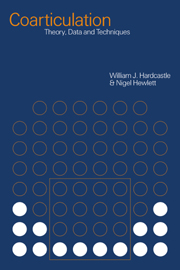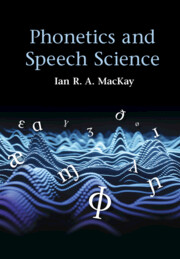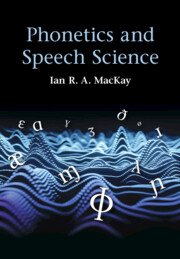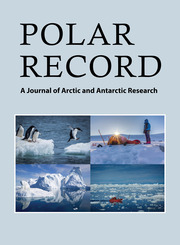Coarticulation
Coarticulation means the overlapping gestures that occur during the pronunciation of any sequence of speech sounds. This topic in the science of phonetics provides a challenge to speech production theory as well as to various projects in the field of speech technology, including that of building a natural sounding speech synthesizer. The eighteen chapters in this book cover the experimental techniques used for investigating the phenomenon, the experimental findings to date, and the theoretical background.
- Cross-language approach - considers coarticulation in a number of European and non-European languages
- Comprehensive in scope, examining aspects of coarticulation in all the motor sub-systems of speech
- Combines theoretical and experimental approaches with a major section on instrumental techniques for recording and measuring details of coarticulation
Product details
January 2008Adobe eBook Reader
9780511368202
0 pages
0kg
10 b/w illus. 2 tables
This ISBN is for an eBook version which is distributed on our behalf by a third party.
Table of Contents
- List of figures
- List of tables
- List of contributors
- Acknowledgments
- Introduction William J. Hardcastle and Nigel Hewlett
- Part I. Theories and Models:
- 1. The origin of coarticulation Barbara Kühnert and Francis Nolan
- 2. Coarticulation models in recent speech production theories Edda Farnetani and Daniel Recasens
- Part II. Research Results: Components of the Motor System for Speech:
- 3. Velopharyngeal coarticulation Michel Chafcouloff and Alain Marchal
- 4. Lingual coarticulation Daniel Recasens
- 5. Laryngeal coarticulation Philip Hoole, Christer Gobl and Ailbhe Ní Chasaide
- 6. Labial coarticulation Edda Farnetani
- 7. Lip and jaw coarticulation Janet Fletcher and Jonathan Harrington
- Part III. Wider Perspectives:
- 8. Cross-language studies: relating language-particular coarticulation patterns to other language-particular facts Sharon Manuel
- 9. Implications for phonological theory Mary Beckman
- Part IV. Instrumental Techniques:
- 10. Palatography Fiona Gibbon and Katerina Nicolaidis
- 11. Imaging techniques Maureen Stone
- 12. Electromagnetic articulography Philip Hoole and Noel Nguyen
- 13. Electromyography William J. Hardcastle
- 14. Transducers for investigating velopharyngeal function Michel Chafcouloff
- 15. Techniques for investigating laryngeal articulation Philip Hoole, Christer Gobl and Ailbhe Ní Chasaide
- 16. Acoustic analysis Daniel Recasens
- References
- Index.








